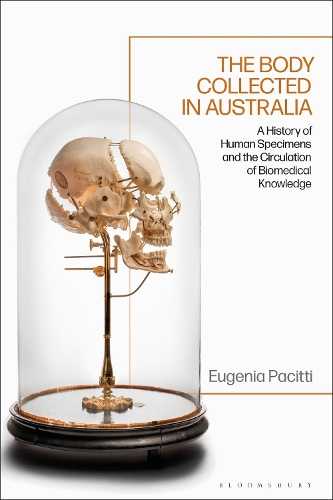
The Body Collected in Australia: A History of Human Specimens and the Circulation of Biomedical Knowledge
(Paperback)
Available Formats
Publishing Details
The Body Collected in Australia: A History of Human Specimens and the Circulation of Biomedical Knowledge
By (Author) Eugenia Pacitti
Bloomsbury Publishing PLC
Bloomsbury Academic
30th October 2025
United Kingdom
Classifications
Professional and Scholarly
Non Fiction
Colonialism and imperialism
Australasian and Pacific history
Physical Properties
Paperback
232
Width 156mm, Height 234mm
Description
Offering insight into nineteenth- and early twentieth-century medical school dissecting rooms and anatomy museums, this book explores how collected human remains have shaped Western biomedical knowledge and attitudes towards the body.
To explore the role Australia played in the narrative of Western medical development, Pacitti focuses on how and why Australian anatomists and medical students obtained human body parts. As medical knowledge circulated between Australia and Britain, the colonys physicians conformed to established specimen collecting practices and diverged from them to form a distinct medical identity. Interrogating how these literal and figurative bones of contention have left an indelible mark on the nations medical profession, collecting institutions, and communities, Pacitti sheds new light on our understanding of Western medical networks and reveals the opportunities and challenges historic specimen collections pose in the present day.
The Body Collected in Australia is a cultural history of collectors and collections that deepens our understanding of the ways the living have used the dead to comprehend the intricacies of the human body in illness and good health.
Author Bio
Dr Eugenia Pacitti is a historian of medicine based in Australia. She works in collection management, and her interests encompass specimen collection, medical education and professional networks in late nineteenth- and early twentieth-century Australia. She has a PhD in History from Monash University and her writing has appeared in Social History of Medicine and The Conversation.
